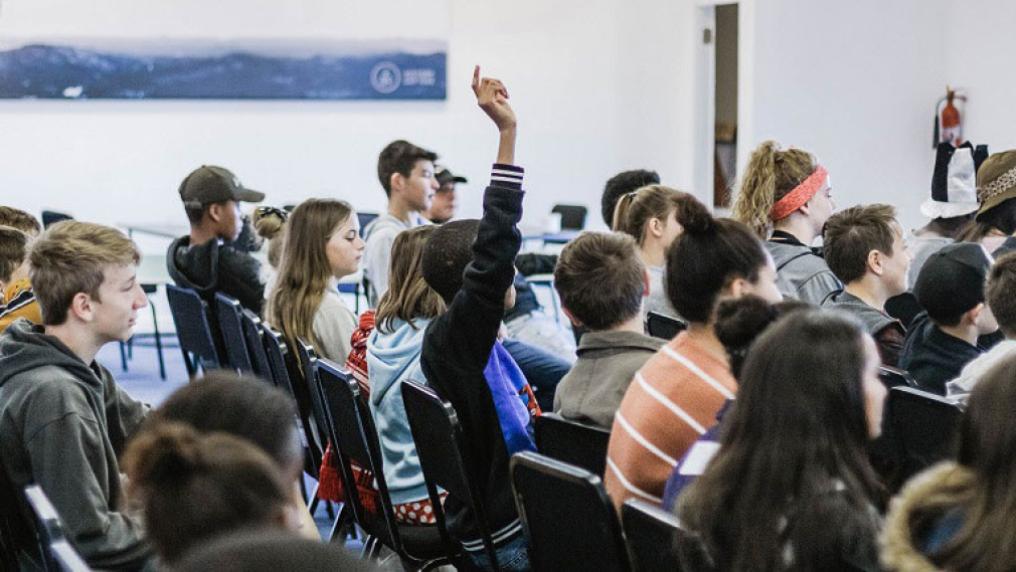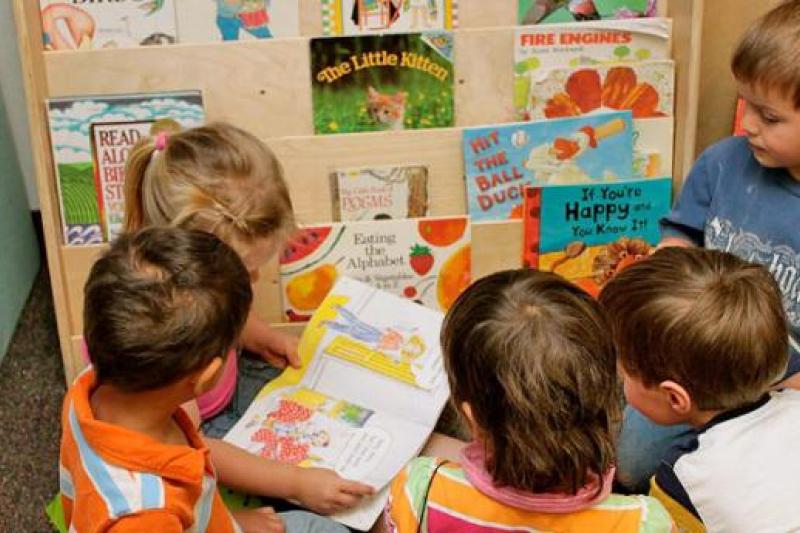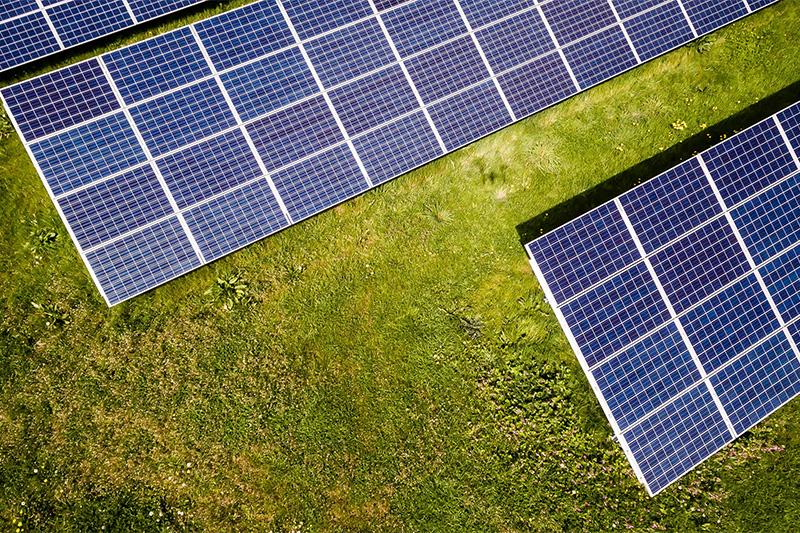Educating for high performance

While Australia’s performance on the world’s sporting stage is generating passionate discussion, our international performance in education is left outside of the spotlight. This could be because we are not winning gold. But this is precisely why attention is needed.
Our smartest kids are slipping relative to other countries, and the tail of low achievers is getting longer. At the same time, the feedback which NAPLAN provides on literacy and numeracy performance has disappointed many across the country.
In education, we’ve adopted some of the less desirable traits of elite performance – hyper-competitiveness, overbearing pressure, rankings and striving for a very narrow definition of ‘first place’ by way of ATAR. We haven’t invested in evidence-based techniques to make sure kids reach their highest learning potential.
So, what if we approached educating young people with the same mindset as training athletes to reach peak performance?
What is high performance?
Reaching high performance requires recognising a unique ability and targeting training to maximise potential. It promotes achieving a personal best.
In sport, the best techniques and strategies from science, psychology and health and wellbeing help athletes reach their goals. One-to-one coaching provides tailored strategies to maximise strengths and minimise flaws. And athletes practice over and over in their chosen field with well-structured exercises to build their strengths.
What would this look like in education?
A whole team approach helps one person achieve excellence.
High performance in education needs teachers to become learning coaches, guiding students towards their goals and aiding peer learning – where students grow as a team.
Educators should be better supported to collaborate with professionals across different fields and sectors, and access the latest innovative learning approaches.
Whilst belonging to a team, training is tailored to individual needs.
Athletes aren’t slotted into homogenous groupings based on age, as occurs in schools. They are met at their points of need.
Australian schools are adopting new techniques that challenge learners at their appropriate levels. Maths Pathways for instance is an individualised learning tool that diagnoses where students have ability gaps. It provides targeted coursework in two week cycles, with tailored assessment and rapid feedback that allows learners to move at their own pace.
Don’t expect excellence in everything, or even a few things. Praise truly exceptional ability in one thing.
Australia’s education system prioritises breadth over depth, contradicting the essence of high performance preparation. Students take on a handful of different subjects – taught in isolation – at the expense of deep learning experiences.
Assessment regimes, such as ATAR, are used to determine performance on average across a range of subjects. This doesn’t encapsulate the full picture of what individual students have learnt. It overlooks where a student might be excelling, missing the opportunity to maximise potential.
Bodies and minds are interrelated – looking after the whole person nurtures excellence.
Creating learning environments that encourage children to develop their strengths, build confidence, and take charge in their learning can have a remarkable impact on motivation. When students can see the value in what they are learning, they are far more likely to engage and excel.
By applying the latest developments in evidence-based practices from the learning sciences to the classroom, we can be more innovative in creating engaging and effective learning spaces.
Prepare for the future.
Our education system should provide a foundation of literacy and numeracy as well as a broader set of capabilities like resilience, creative and collaborative problem solving, critical thinking and entrepreneurial mindsets.
China’s Beijing Academy is developing innovative approaches to cultivating these broader capabilities, encouraging students to develop an ‘innovative spirit’ (humanity, technology skills, international perspective, inquiry interests) and ‘practical ability’ (learning, expression, cooperation and problem solving).
Regular feedback drives improvement
Assessment should be used to capture learning growth and provide constructive feedback, rather than dominate what young people learn. NAPLAN online may assist this by providing students and schools with quick feedback on where they are at but we need to invest in a broader suite of tools to encapsulate the full picture of what students learn.
The end-game
Over the next 10 to 15 years, 40 per cent of jobs in Australia are at high risk of being lost to automation. Young people need to create their own opportunities by bringing a breadth of analytical and interpersonal skills, creativity and entrepreneurial mindsets to the workplace.
As a nation, we need more students reaching their personal bests at school to ensure we have the top engineers, designers, entrepreneurs and healthcare professionals driving growth and innovation in our economy.
Every child has the potential to excel. To achieve high performance in education, we need learning environments that identify and build individual potential.



